curator's noteFor the MUBIVIEWS debut film we wanted to challenge our writers by discussing the sensitive topic of gender exploration, which is so rarely seen from a child’s point-of-view. The film in question is French social realist drama TOMBOY (Céline Sciamma 2011) about a ten-year-old tomboy who passes as a boy to her friends throughout the course of the summer. The unfamiliar setting for the protagonist Laure (Zoé Héran) allows her to safely experiment with her gender through her persona Mickäel. The film tackles isolation, identity and friendship in a tone which MUBI itself describes as ‘delicate and insightful’ highlighting the innocence behind the film. REALISING THE ISSUESGEORGE LEESocial realism is a film genre which brings to the forefront members of society that are often underrepresented. TOMBOY (Céline Sciamma 2011) uses social realist techniques to tell a story of the exceptional nature of the everyday. From its use of handheld cameras to the contemporary setting, the film remains within the boundaries of realism. Social realism often comes hand in hand with a strong political message that the filmmaker feels must be brought to attention and, in the case of TOMBOY, it is the politics of experimenting with gender and sexuality through the perspective of a ten-year-old. Social realism often avoids the use of a mainstream narrative structure. This is very apparent in TOMBOY where the film does not have a succinct ending; it feels as though it never leaves the second act. This can be seen as a metaphor for the experience of transgender children where they feel something is disjointed about their lives. A significant line is where Laure’s mother asks her: “Got an idea? Cos if you do, please say so, I can’t think of any. Have you got a solution?”. This is a shocking statement because it reveals that there is a lack of support system in place if Laure decided that she does in fact identify as a boy. Even if there was, it is questionable that a ten-year-old would be aware of the level of support in place for people that are transgender. The use of handheld camera positions us in relation to Laure’s childlike point-of-view so her confusion is that much more impactful. The point the film is trying to make is that these issues need to be discussed from a young age to increases awareness and subsequently highlight the issue in society. The use of social realism as a storytelling technique really cements this and makes the film less of an entertainment piece but an honest critique of our current societal position. Every day this week a different writer will provide their perspective on our MUBIVIEWS film and each post will be open to comments from our readers. Watch TOMBOY on mubi.com until 3 April 2017 and join the discussion!
1 Comment
curator's noteFor the MUBIVIEWS debut film we wanted to challenge our writers by discussing the sensitive topic of gender exploration, which is so rarely seen from a child’s point-of-view. The film in question is French social realist drama TOMBOY (Céline Sciamma 2011) about a ten-year-old tomboy who passes as a boy to her friends throughout the course of the summer. The unfamiliar setting for the protagonist Laure (Zoé Héran) allows her to safely experiment with her gender through her persona Mickäel. The film tackles isolation, identity and friendship in a tone which MUBI itself describes as ‘delicate and insightful’ highlighting the innocence behind the film. PLAYING THE BOYMATTHEW WEARSTOMBOY (Céline Sciamma 2011) is a film that documents the gender exploration of Laure (Zoé Héran), a ten-year-old girl who adopts the name Mickäel after moving into a new neighbourhood during the summer holidays. The film tackles an issue that has been displayed on our screens in such a dark manner time and time again with films such as the uncompromising realist drama BOYS DON’T CRY (Kimberly Peirce 1999) and more recent romantic biographical drama THE DANISH GIRL (Tom Hooper 2015). TOMBOY instead opts for a more light-hearted, almost consequence-free approach, but offers as poignant a social commentary as any film of its type. The light-heartedness is completely intentional. The question of whether Laure is merely experimenting or whether this is something more is asked throughout the film. The hot, sweaty, summer that never ends backdrop acts as a narrative tool to foreground the idea that this all may just be a phase for Laure. As the summer draws to a close, so does her exploration of gender. It is often difficult to distinguish between what is sexual exploration and what is in fact play. The scene in which Laure's younger sister Jeanne (charmingly played by Malonn Lévana) applies make-up to her older sibling blurs this line even further as we are made aware that Laure’s actions may just be light-hearted childlike behaviour. As Laure’s mother parades her across town in a dress, her acknowledgement “I don’t mind you playing the boy, it doesn’t even make me sad” makes it hard to look at TOMBOY as anything other than a commentary on transgenderism. The film makes links between play and real life, offering an insight into how “playing the boy” as a child is socially acceptable but anything more than this and it becomes a serious, almost punishable offence. TOMBOY is a story that could have easily gone down a melancholy route but it would have lost its real impact. It really is refreshing to see that this is a child who has been nurtured by her family; a child who has not experienced a broken upbringing. This is a film that challenges these narratives approaches and, in doing so, reveals a debate that is really rather unique. Every day this week a different writer will provide their perspective on our MUBIVIEWS film and each post will be open to comments from our readers. Watch TOMBOY on mubi.com until 3 April 2017 and join the discussion!
curator's noteFor the MUBIVIEWS debut film we wanted to challenge our writers by discussing the sensitive topic of gender exploration, which is so rarely seen from a child’s point-of-view. The film in question is French social realist drama TOMBOY (Céline Sciamma 2011) about a ten-year-old tomboy who passes as a boy to her friends throughout the course of the summer. The unfamiliar setting for the protagonist Laure (Zoé Héran) allows her to safely experiment with her gender through her persona Mickäel. The film tackles isolation, identity and friendship in a tone which MUBI itself describes as ‘delicate and insightful’ highlighting the innocence behind the film. À LA MODE OR "IN THE FASHION"?SUMMER MANNINGA standout moment of TOMBOY (Céline Sciamma 2011) involves Laure (Zoé Héran) altering a red one-piece bathing suit to go swimming with new friends and pass as a boy. When she tries on her makeshift briefs, she realises that her body will not look like the other boys’. Her resourceful solution to use PlayDoh to create a packer (an item worn in one’s underwear to create the illusion of a penis) highlights her childish innocence - using a child’s toy designed for fun and creativity - but also her self-awareness. While it is suggested throughout the film that gender fluidity is merely a phase of childhood, the decision to later store away the packer suggests otherwise. Laure places it in a box with her baby teeth for safekeeping, as if it is precious and needs protecting, suggesting that she may use it again. The loss of her baby teeth connotes the beginning of a loss of her innocence and a childish androgyny as she begins to grow into an adult body. The packer is a tangible symbol of her persona as a boy which she keeps hidden from her family in order to keep her experimentation a secret. When she learns of her apparent lies, Laure’s mother (Sophie Cattani) forces her to wear a blue frilly dress and visit the other children to apologise for lying. This acts as a metaphorical confinement of her gender; everyone around her is forced to see her as female and understand that she was passing as a gender which she does not know if she belongs to or not any more. There is a quiet power in her later removing the dress in an act of defiance against the expectations put upon her. It is a rejection of gender norms rarely displayed in child characters yet is representative of many children exploring and learning about their own identities. Every day this week a different writer will provide their perspective on our MUBIVIEWS film and each post will be open to comments from our readers. Watch TOMBOY on mubi.com until 3 April 2017 and join the discussion!
curator's noteFor the MUBIVIEWS debut film we wanted to challenge our writers by discussing the sensitive topic of gender exploration, which is so rarely seen from a child’s point-of-view. The film in question is French social realist drama TOMBOY (Céline Sciamma 2011) about a ten-year-old tomboy who passes as a boy to her friends throughout the course of the summer. The unfamiliar setting for the protagonist Laure (Zoé Héran) allows her to safely experiment with her gender through her persona Mickäel. The film tackles isolation, identity and friendship in a tone which MUBI itself describes as ‘delicate and insightful’ highlighting the innocence behind the film. TRUE COLOURSSTEVEN FEGANIn TOMBOY (Céline Sciamma 2011), Laure (Zoé Héran) silently models in front of a sheet of blue and pink floral fabric as his little sister Jeanne (Malonn Lévana), draws her portrait. The striking duality of the colour scheme used for the cloth is reflective of the identity struggle that Laure experiences, as she explores her masculinity in the guise of "Mickäel" for much of the film. While the pink floral designs reflect Laure's more feminine qualities, the blue dominates the fabric, signifying the masculine mindset of her male persona. Jeanne is aware of Laure’s gender exploration and even helps her maintain a masculine appearance by cutting her hair later in the film. But in this scene, Laure appears nervous while at the mercy of Jeanne’s drawing. The camera focuses on Laure as she stares with subtle apprehension at her sister, exposed to her artistic observations as she begins to draw her sibling. Instead of drawing Laure's piercing blue eyes, Jeanne opts to use brown eyes for the portrait. For Jeanne, the boundaries of eye colour are equally as fluid as Laure’s gender exploration, reflecting Jeanne's innocence and the acceptance she has for her sibling’s identity. The entire scene embodies the acceptance that Laure longs for throughout the film; she finds comfort in Jeanne's innocence and that she is not concerned with the gender of her older sibling. TOMBOY offers both positive and negative responses to Laure passing as a boy but this scene presents the ideal scenario that Laure desires. In this case, Jeanne is unfazed by Laure’s exploration as Mickäel. Once the doorbell rings, the tranquil environment that the siblings inhabit is broken and reality and societal judgement set in once more. Every day this week a different writer will provide their perspective on our MUBIVIEWS film and each post will be open to comments from our readers. Watch TOMBOY on mubi.com until 3 April 2017 and join the discussion!
curator's noteFor the MUBIVIEWS debut film we wanted to challenge our writers by discussing the sensitive topic of gender exploration, which is so rarely seen from a child’s point-of-view. The film in question is French social realist drama TOMBOY (Céline Sciamma 2011) about a ten-year-old tomboy who passes as a boy to her friends throughout the course of the summer. The unfamiliar setting for the protagonist Laure (Zoé Héran) allows her to safely experiment with her gender through her persona Mickäel. The film tackles isolation, identity and friendship in a tone which MUBI itself describes as ‘delicate and insightful’ highlighting the innocence behind the film. WHAT IS A TOMBOY?EM HOUGHTONWhile the word “tomboy” in English is still shrouded in stigma of gender non-conformity, the French definition “garçon manqué” - which translates literally as “failed boy” - lends a more powerful look at what gender means for ten-year-old Laure (Zoé Héran) in the French coming-of-age drama TOMBOY (Céline Sciamma 2011). Laure’s gender is left unstated until a delicate moment when her female genitalia is revealed as she steps naked from the bath. This moment not only establishes that Laure is biologically female, it also shows how involuntary her gender is. Only when she is stripped bare of the male physicality she has tried so hard to perfect is it clear that she is not who she wants to be. Laure spends a lot of time learning to act like a boy, creating a fake PlayDoh penis to position in the swimming trunks she has fashioned herself out of a girl's swimsuit, as well as spitting like her male friends when they play football. She goes to these extremes to mask her femininity in order to create a character to whom she can relate: Mickäel. The film’s title replicates the same sense of vagueness that is felt by Laure in her gender identity as the “garçon manqué”. TOMBOY symbolises the struggle of young girls who do not want to conform to society’s gender roles and Laure does so by adopting a male way of life. Because of this, the film serves as a powerful commentary on the representation of gender as something that is much more than biology. While Laure is biologically female, she creates a male façade that she uses to become more comfortable in her own skin. The persona of Mickäel creates a sense of safety for Laure as she leaves behind the expectations of her femininity. Every day this week a different writer will provide their perspective on our MUBIVIEWS film and each post will be open to comments from our readers. Watch TOMBOY on mubi.com until 3 April 2017 and join the discussion!
Our MUBIVIEWS feature launches next week and we would like to invite you to join in! As part of this new feature, we'll be focusing on a film showing on curated online cinema service mubi.com. Every day over a week a different writer will provide their perspective on the film and each post will be open to comments from our readers. TOMBOYOur first film is French drama TOMBOY (Céline Sciamma 2011) about a ten-year-old tomboy who passes as a boy over a summer. Our discussion will start a week today - on Monday 27th March. Watch the film and join in the discussion here next week! New to MUBI? Get a 30-day free trial by clicking here.
One MUBI film, five perspectives, endless possibilities.
Twice a month we'll be selecting a MUBI film to watch and critique. Every day over a week a different writer will provide their perspective on the film. Each post will be open to comments from our readers. Watch with us and join in the discussion! Email mail@diegesismagazine.com to be notified when a new film has been selected and to receive new post notifications. |
MUBIVIEWSOne MUBI film, five perspectives, endless possibilities. Archives
July 2017
Categories
All
|


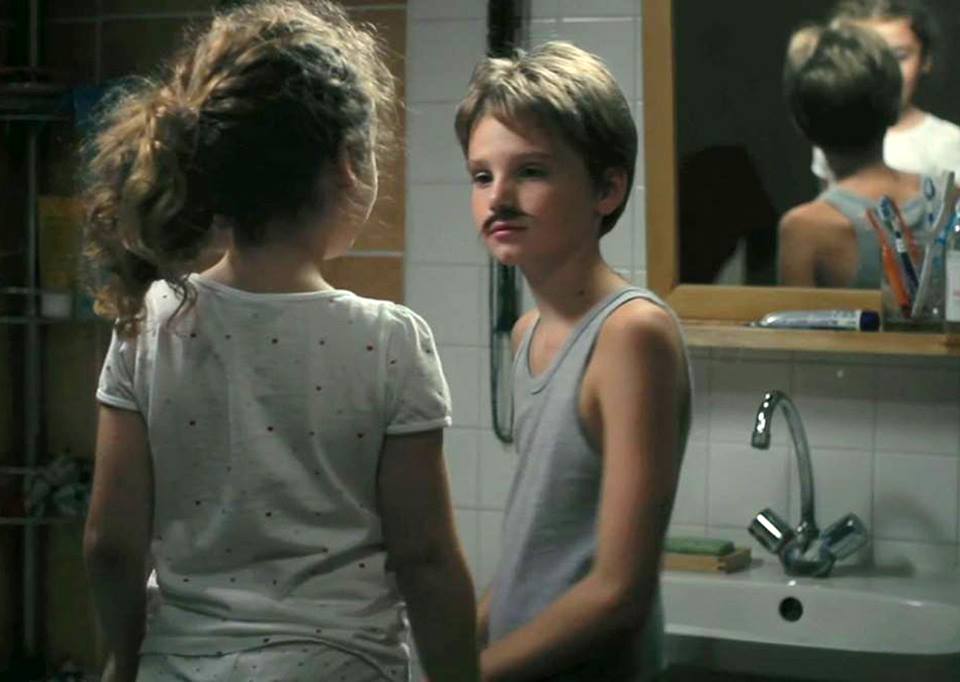
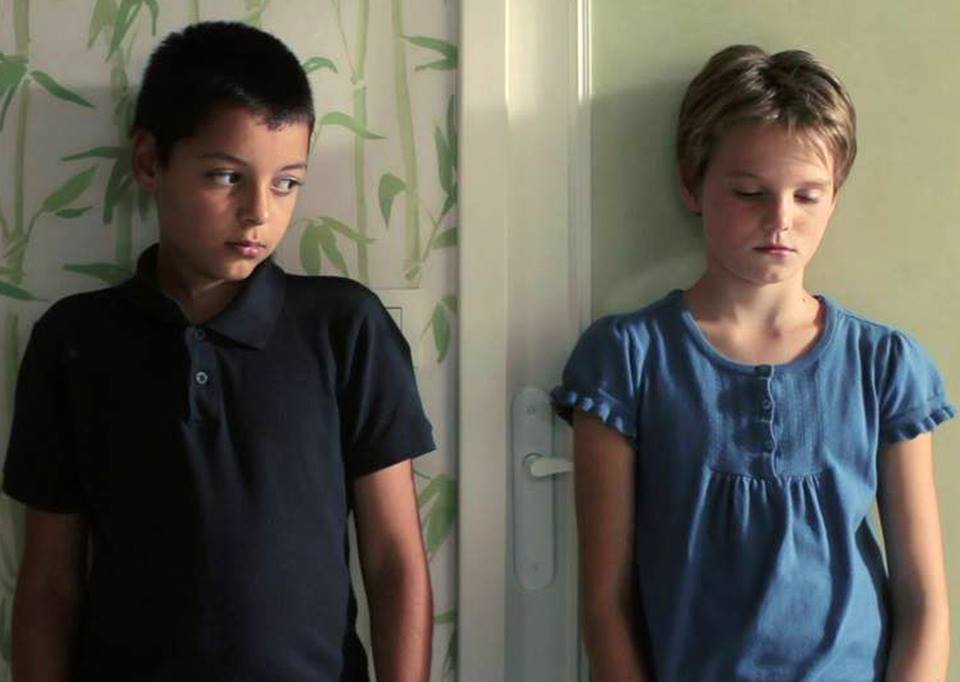
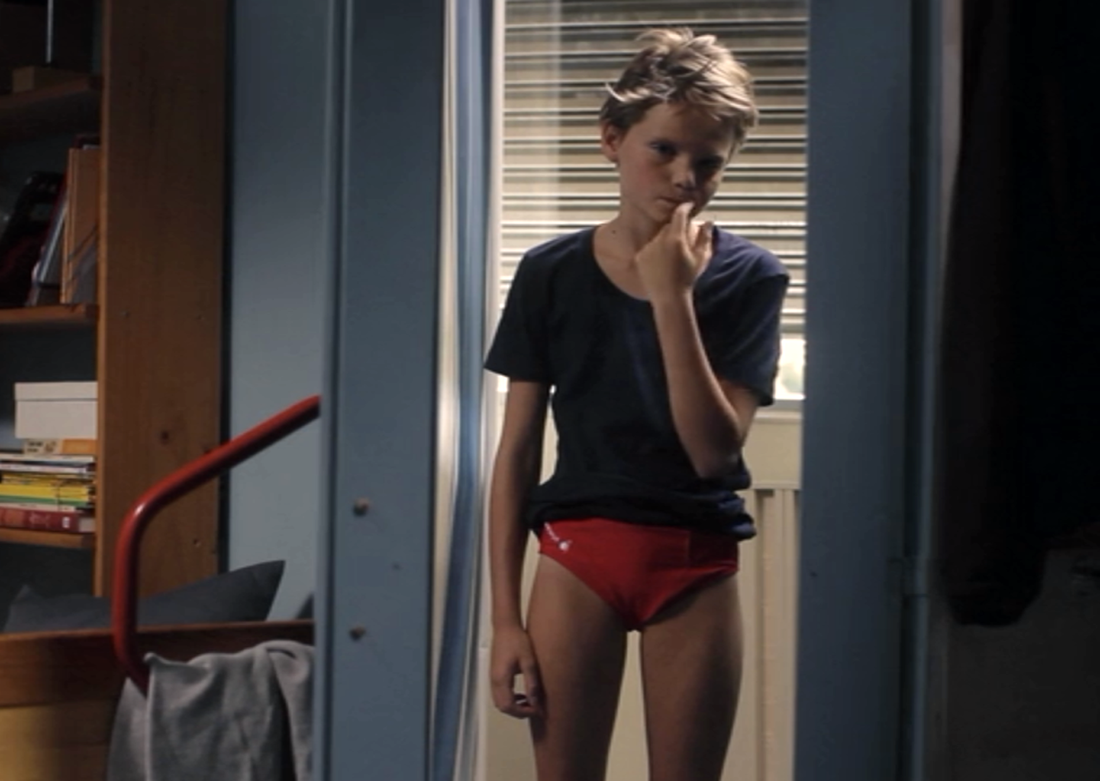
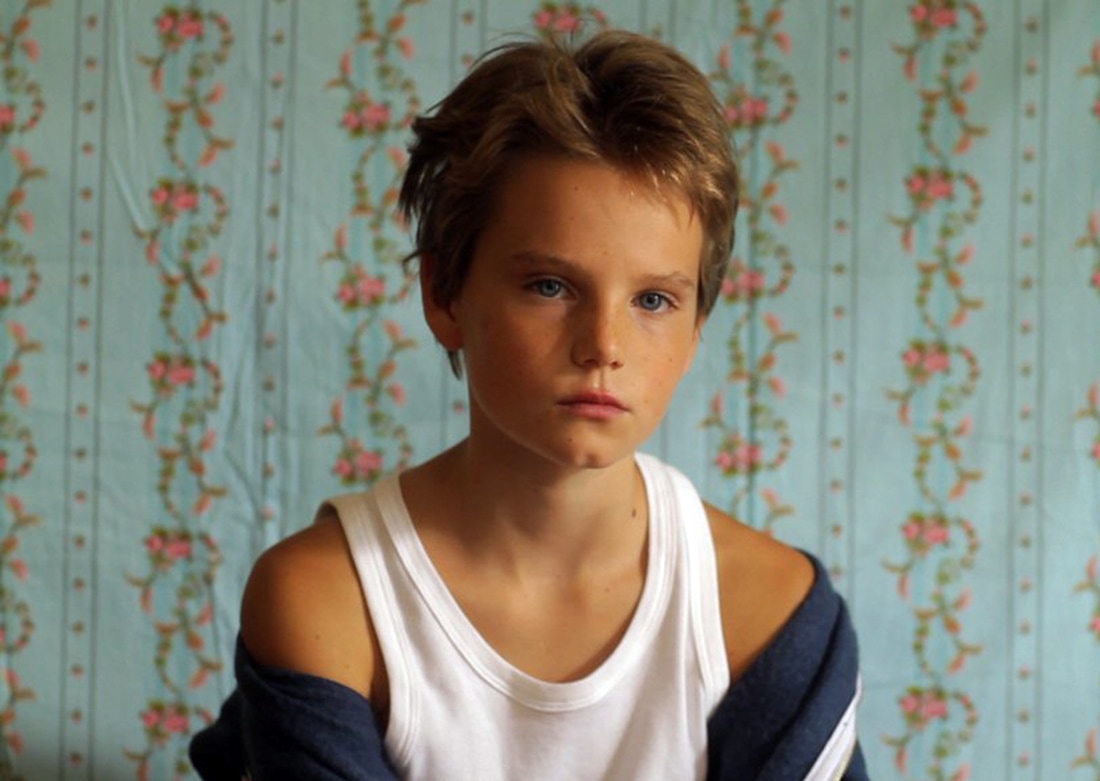
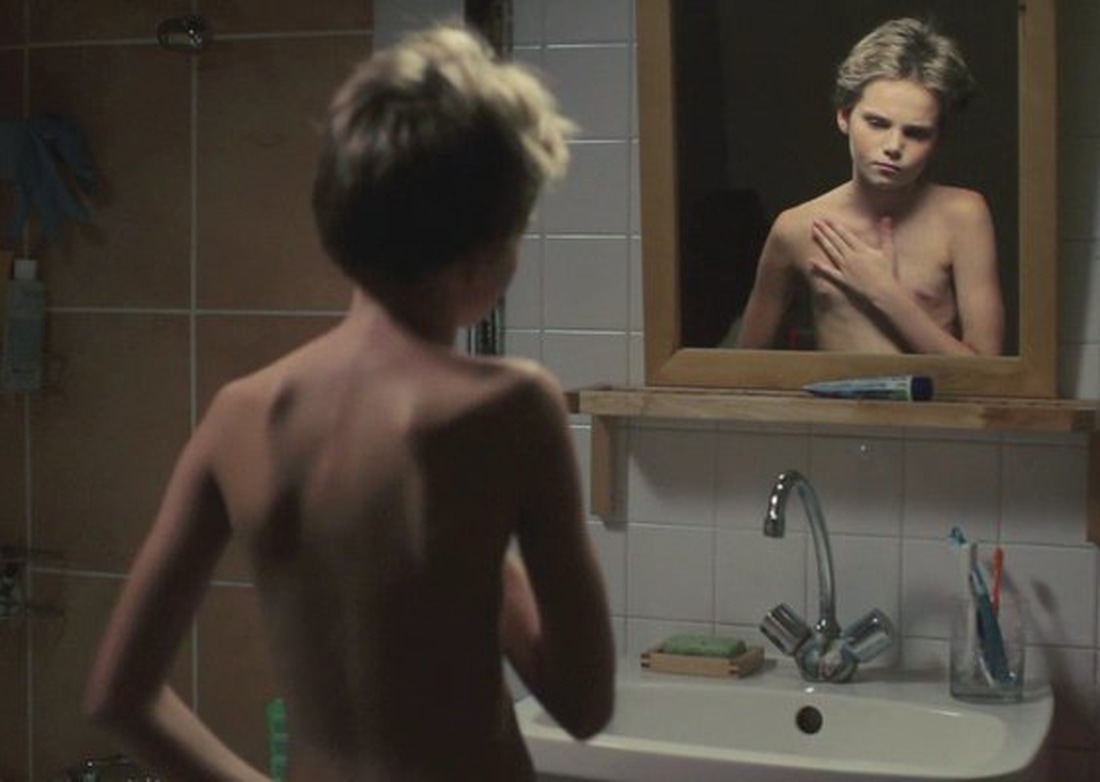
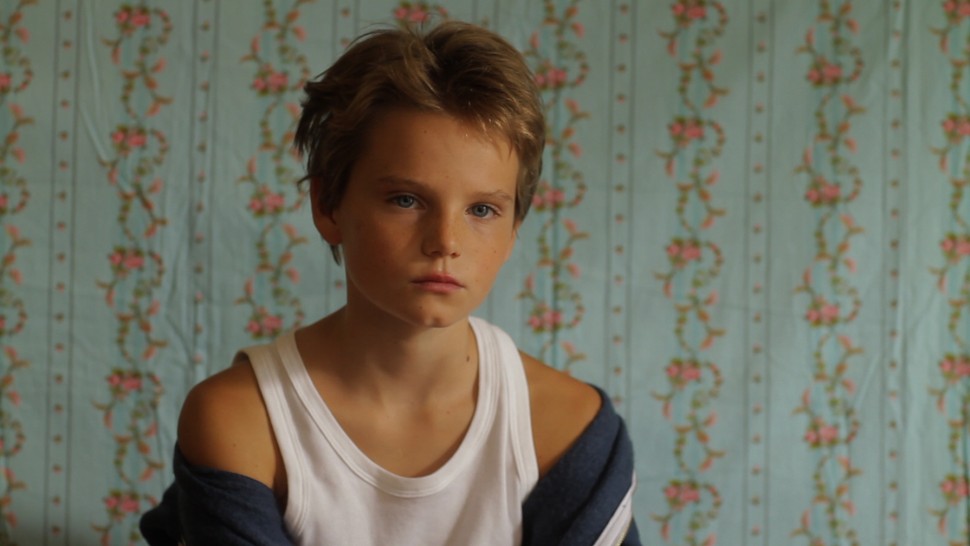

 RSS Feed
RSS Feed
